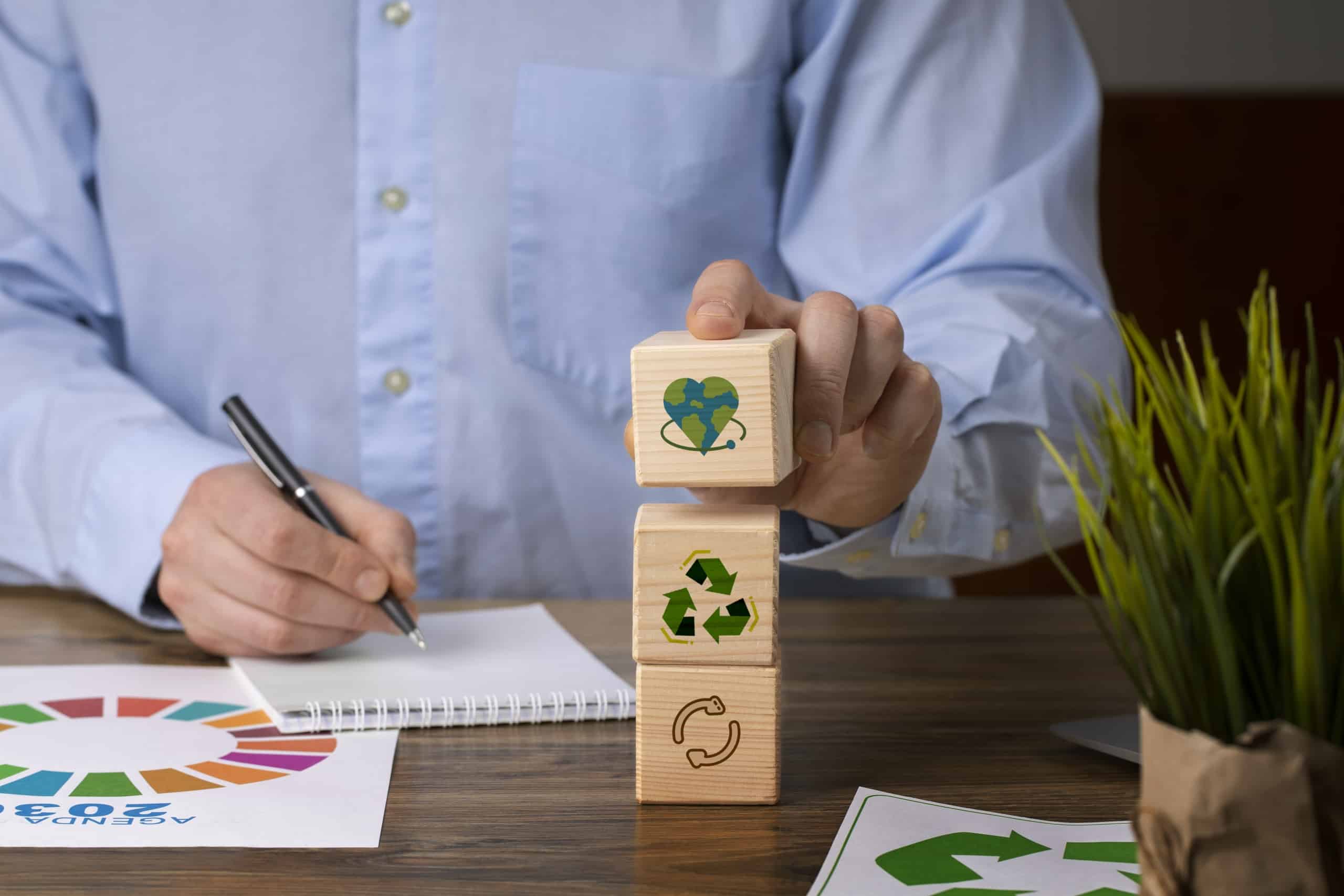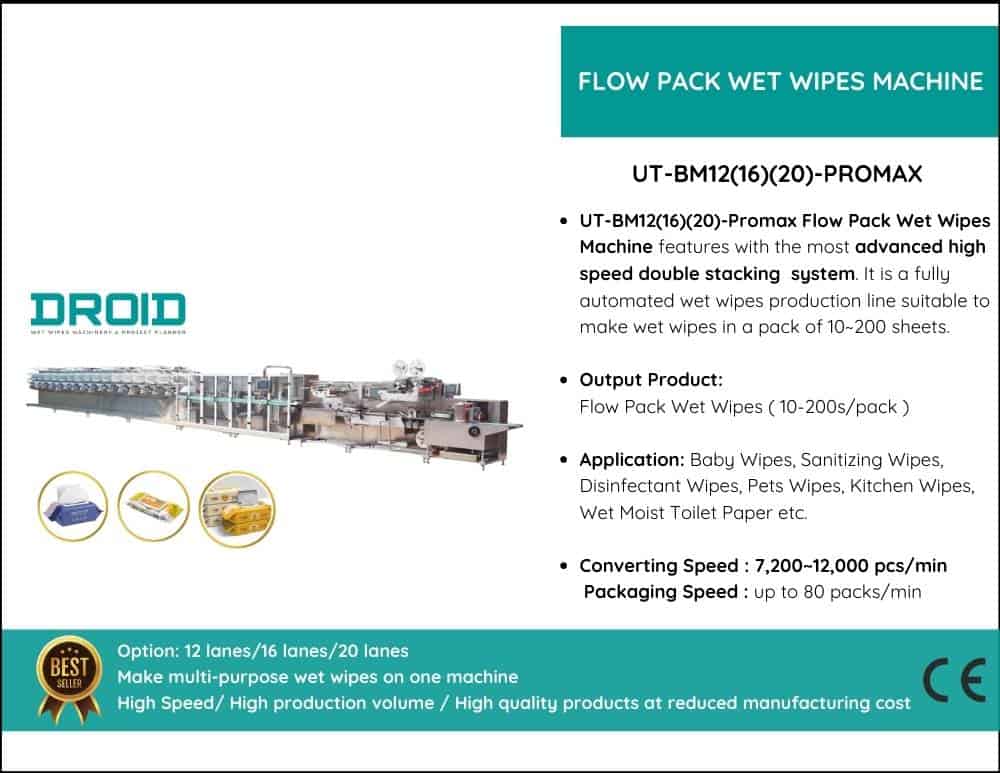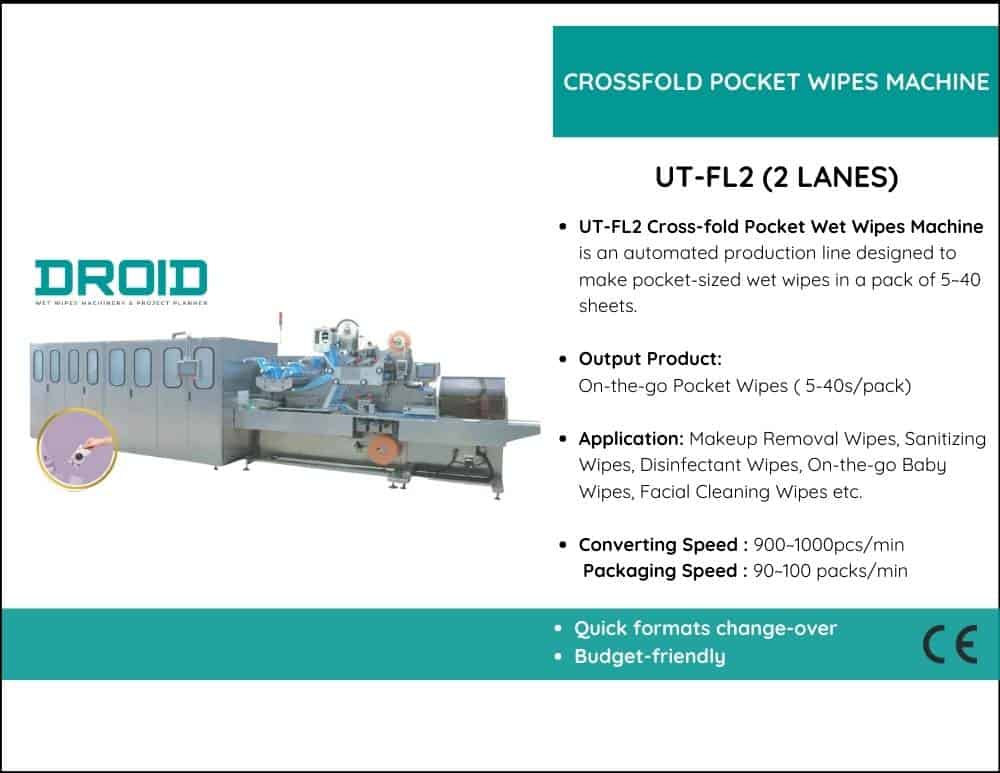Many cosmetic companies have shifted their focus to producing “biodegradable” or “eco-friendly” wet wipes in response to growing environmental concerns. At first glance, this appears to be a positive development, as more consumers seek sustainable options. However, this situation is complicated by the problem of greenwashing. Despite being labeled biodegradable, many products still contain chemical binders or hidden synthetic fibers that impede their complete breakdown in natural environments. While some wipes with synthetic components may decompose faster than those made entirely of plastic, they still contribute to microplastic pollution.
The lack of consistency and regulation surrounding terms like “biodegradable” and “compostable” in the beauty and personal care industry further complicates matters. A wipe labeled as biodegradable might only meet minimal requirements, such as decomposing under specific industrial composting conditions that are often unavailable to consumers. Nonetheless, companies can mislead consumers into believing that these wipes will naturally dissolve in the ground if thrown away or flushed, thanks to clever packaging and marketing. In reality, many of these wipes end up in rivers or landfills, where conditions are not conducive to proper biodegradation, leaving behind harmful chemicals and persistent fibers.
This misleading practice exemplifies greenwashing, in which companies make false or exaggerated claims about their sustainability to appeal to environmentally conscious consumers. Additionally, businesses may highlight plant-based ingredients, such as “made with bamboo” or “contains organic cotton,” without disclosing that these materials are mixed with polyester or polypropylene. As a result, consumers may mistakenly believe they are making environmentally responsible choices while still contributing to the global textile and plastic waste crisis.
To counteract this, customers should examine product certifications closely, verify third-party eco-labels, and demand greater transparency from companies. Ultimately, truly sustainable alternatives will be free of plastic, genuinely biodegradable, and devoid of synthetic blends. Even better are reusable options, such as microfiber cleaning cloths or washable cotton rounds, which eliminate the need for disposables altogether. Without addressing these deceptive practices, greenwashing will continue to undermine real sustainable efforts in skincare and cosmetics.











